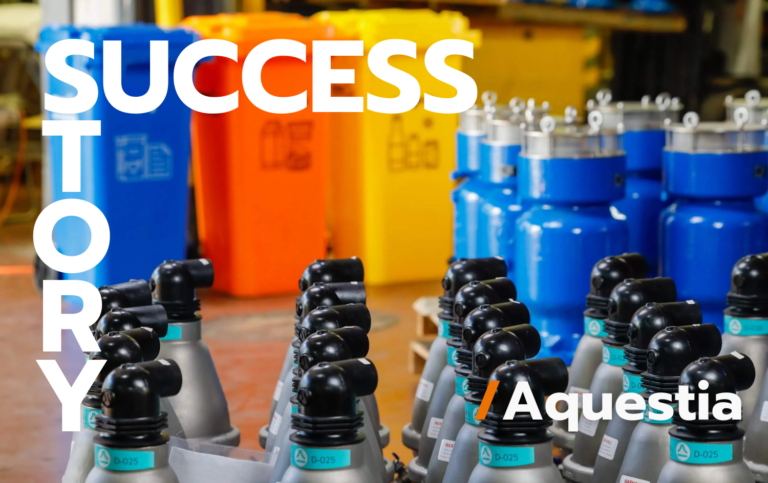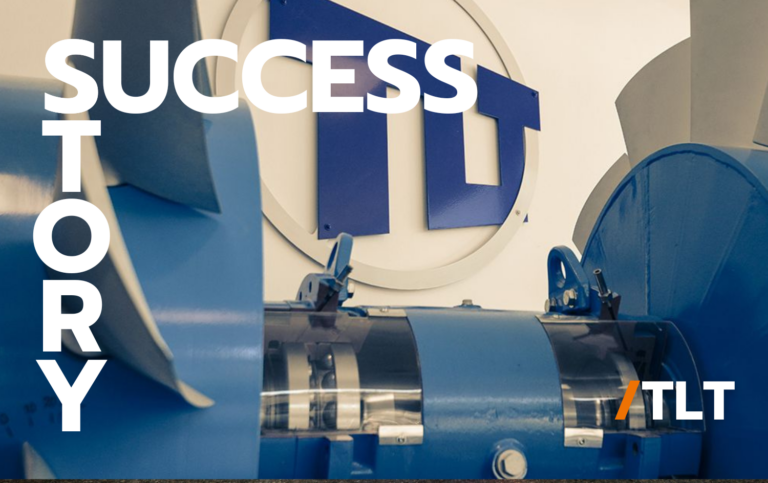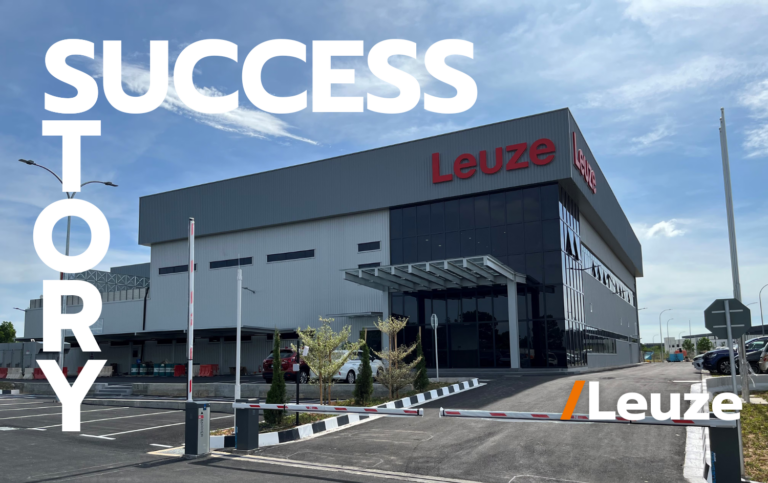Empowering Your ‘Make in India’ Journey with Strategic Location Selection and End-to-End Manufacturing Setup Support
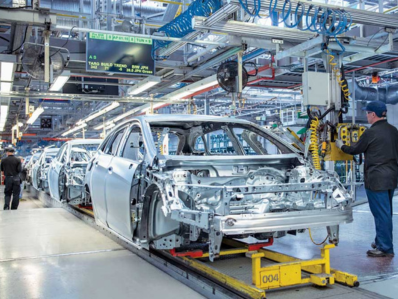

Why Manufacture in India?
India offers a compelling case for global manufacturers with its vast domestic market, over 65% of the population under 35, and an abundant, skilled, and cost-effective workforce—often 30–40% more affordable than other manufacturing hubs. Setting up manufacturing here isn’t a matter of why, but when. Whether targeting domestic demand or using India as an export base, the strategic benefits are clear. Iconic global brands like Apple, Samsung, and Siemens have already capitalized on India’s capabilities as a high-quality production destination.
With expert-led program management, foreign companies can overcome initial setup challenges through tailored solutions like location analysis, regulatory navigation, and infrastructure planning. M+V Altios helps businesses establish manufacturing operations with precision—covering brownfield and greenfield site evaluation, logistics, compliance, and cost optimization. From showrooms to training centers, our approach ensures compliant, cost-effective, and future-ready facilities aligned with the ‘Make in India’ vision.
Yes, starting with trading helps assess market demand, regulatory landscape, and customer response before making long-term manufacturing investments.
A wholly owned subsidiary or liaison/branch office is common; the choice depends on business goals, investment size, and regulatory requirements.
Manufacturers must comply with BIS standards, environmental laws, labor regulations, and local/state industrial policies to operate legally and efficiently.
Yes, India offers various subsidies and incentives, including tax breaks, export benefits, and funding under schemes like the Production-Linked Incentive (PLI) scheme to attract foreign investment.
∕ Assess the location’s influence on access to target customers for your products.
∕ Determine logistical and transportation requirements for the manufacturing facility.
∕ Evaluate labor availability, skills, and costs in potential locations.
∕ Analyze regulatory and compliance considerations, including environmental, zoning, and labor laws.
∕ Consider land or real estate costs within your budget in the selected locations.
∕ Examine the impact of the chosen location on your supply chain, including raw material sourcing and distribution channels.

∕ Assess where the showroom, warehouse, office, and training facility be located in India to optimize accessibility, logistics, and cost-effectiveness.
∕ Evaluate the regulatory and legal requirements for setting up these facilities in India, and how compliance can be ensured.
∕ Evaluate the infrastructure, technology, and equipment that are needed for each facility to meet operational needs.
∕ Evaluate where the showroom should be setup to provide an engaging and informative experience for customers.
∕ Evaluate how the training facility be designed and equipped to facilitate employee and partner training programs.
∕ Conduct a comparative analysis of different types of legal presence necessary to open a production site, showroom, warehouse, offices, and training facilities.

∕ Assess where the brownfield site be located in India to optimize accessibility, logistics, and cost-effectiveness.
∕ Evaluate the regulatory and legal requirements for setting up a brown field manufacturing site in India, and how compliance can be ensured.
∕ Evaluate the infrastructure, technology, and equipment that are needed for each facility to meet operational needs.
∕ Evaluate where the facility should be set up to optimize the cost of import, production, assembly, domestic supply, and/or export, and maximize customs duty savings, export incentives and benefits, etc.
∕ Conduct a comparative analysis of different types of legal presence necessary to open a production site, showroom, warehouse, offices, and training facilities.
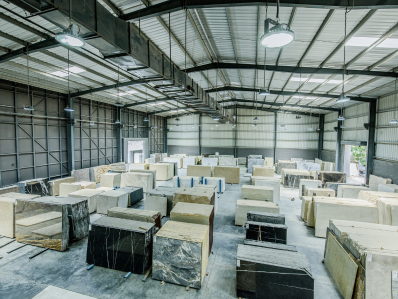
∕ Identify national and regional subsidy schemes relevant to your industry and product category.
∕ Explore sector-specific subsidies and benefits tailored for industries like manufacturing, electronics, renewable energy, etc..
∕ Assess tax-related subsidies and infrastructure support provided to attract foreign companies to specific states or industrial clusters.
∕ Analyze promotional schemes and financial grants designed to facilitate the scale-up and localization of foreign business activities in India.
∕ Assess the strategic impact of these incentives on your global business operations involving India.
A unique, integrated offering
